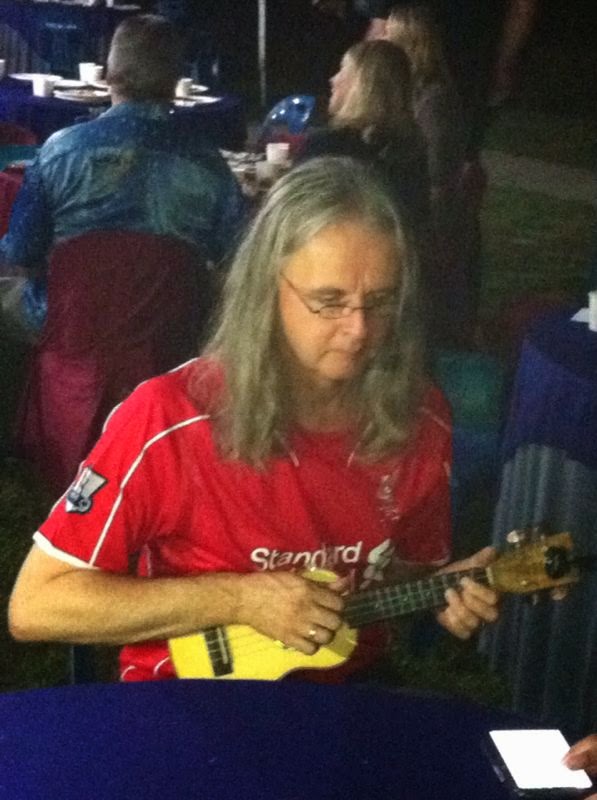Session : 1, 2 , 3
Time : 9.00 a.m. - 10.30 a.m.
By : Chris & Carole
CLIL..HOTS…LOTS..CALPS..BICS…TKT…STT…TTT
and KISS but not CHRIS (^,^)…Those abbreviations has become our “food and
pillows” throughout this course. Though it may sound complex to us as
student-teachers, exploring this approaches and terminologies have given us
better understanding and breaking the brick of What? How? When? Where and Why?
questions about teaching and learning
that haunt the teachers all this while.
PART I
As for today
session, we were being introduced with an approach of scaffolding content and
language learning. Scaffolding means the steps teachers take to support
learners so that they can understand new content and develop new skills. In the
other words, scaffolding function as assistance the teachers can give to the
students to help them with their only or new skills developed in the lesson.
At first, Chris showed us a video from the Youtube on scaffolding and coaching. As we were listening to the content, we have to make a brief note on the content of the video. There are some examples given in the video on how teachers can adopt and adapt the scaffolding role in the class to support learning activity. As we have watched the video, Chris then asked us to share our ideas and experiences on how we scaffold our lesson in the class. Although it was just a short session of sharing ideas, we find it very impressive on how the teachers use their creativity in making the lesson interesting for the students to grasp the lesson in class.

Next for the pre-session task activity, Chris pasted few pieces of papers that contain important information on the wall around the class. We were then provided with a hand out that consists of five questions and we need to find the answers pasted on the wall. In this activity, it requires us to use our kinaesthetic and cognitive skills to locate the answers around the class. As we put the hat of a student, we find this activity is very helpful to get the students to be aware of the lesson, instead of merely listening to the teachers.

To sum up, what we have learned in Chris class today has made us realize how important scaffolding process in helping the students to develop their ability in the learning process apart of aiming to reach the outcome of the lesson. Our students need the support from the teacher in order for them to identify their own ability in one learning process. Teacher need to be creative to break the task into smaller parts where each and every part is activating their cognitive process. As teachers begins to see the students are able to work independently, teachers can start to remove the scaffolding away and focus on the teaching of the content.
PART II
The second
session of the class was taken over by Carole. She was conducted on the topic
of Cognitive (and higher order thinking skills) across the curriculum. When we
first look at the topic in our schedule, we felt quiet uneasy with the term
“Higher order Thinking Skills”. In our first impression, this topic will make
us scratch our head to bleed because we might be tested with HOTS task.
However, Carole has taken the pressure away from us through her simple
explanation about the topic.
She first
started the session by dividing us into group and each group was given a stack
of paper cut. In this activity we have to match answers according to category.
As we gone through this activity, there are a lot of discussion and sharing
ideas among us. Without us realizing, this activity has led us to use our HOTS
to understand the content of HOTS across the curriculum.
What we like in Carole sessions is
she has introduced a lot of activities that helps learners to think. We verbalize our cognitive process, we work
together in groups, we walk around the class to ask and search for answers.
Those activities that she had done in class gave us greater chance to
understand the topic better. Well done Carole!!!














